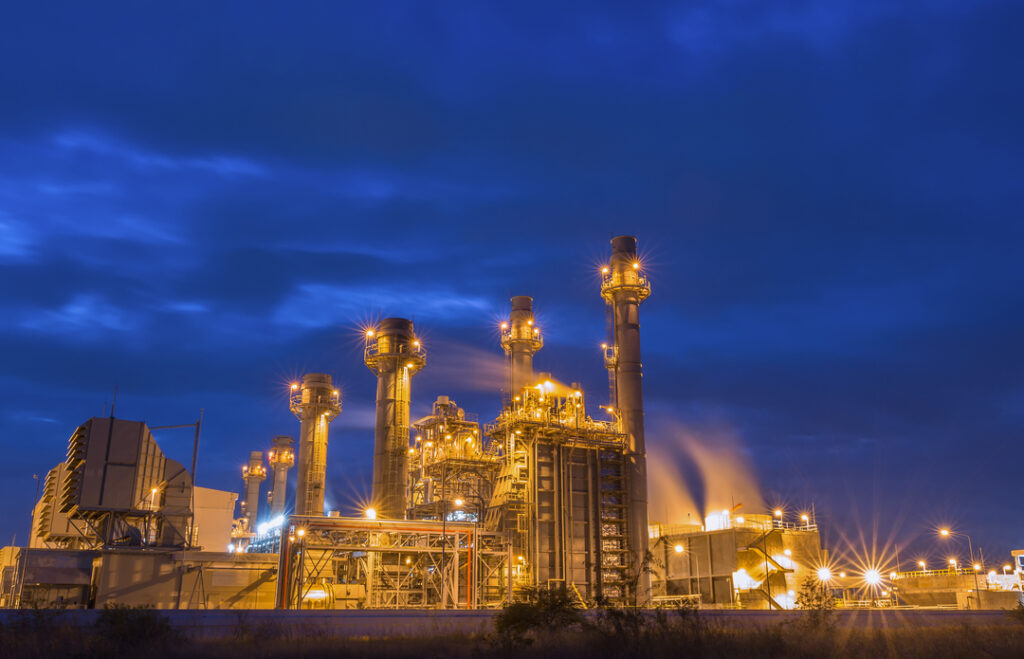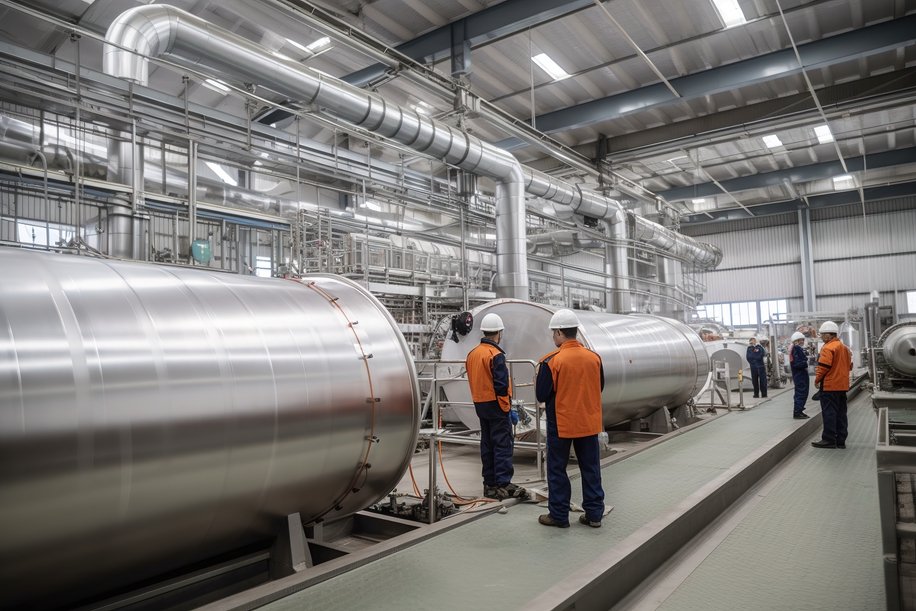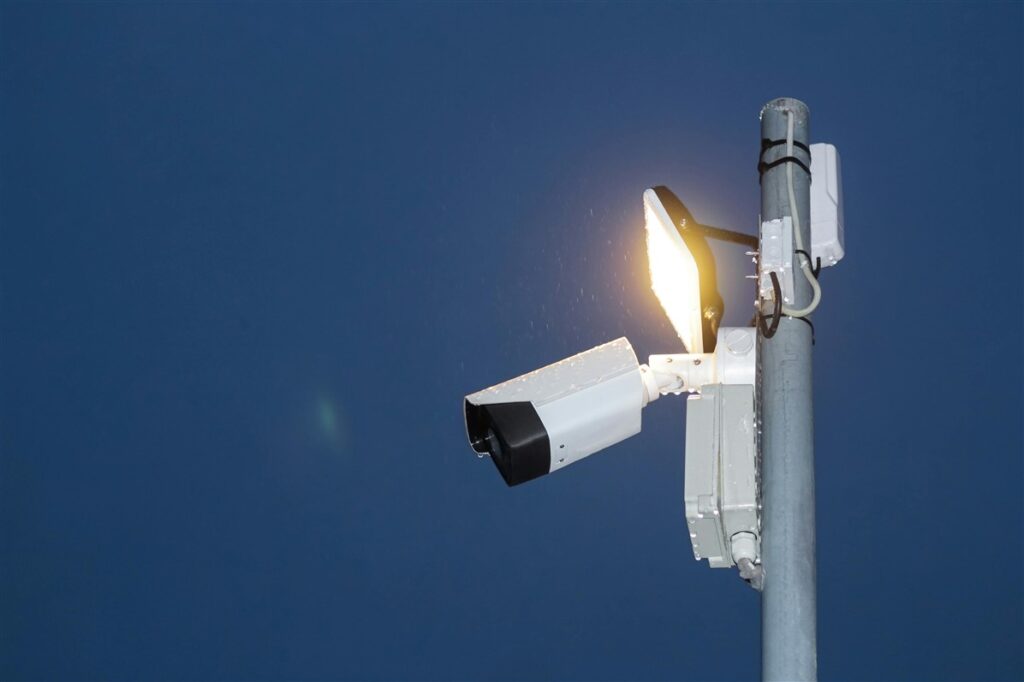How control and automation can impact manufacturing efficiency
There’s no doubt that AI and robotics are changing the manufacturing world, making factories safer and more efficient and allowing production to be scaled up and down more easily.
The key to unlocking these benefits is having effective control and automation systems. But what exactly does “control and automation” mean for manufacturers?
Put simply; automation refers to any process where technology is used in place of humans to complete the operation. Any repeatable multi-step process can be automated, meaning much of a factory’s equipment can be programmed to perform automatically, removing the need for humans to operate machinery.
Control refers to the system behind the automation – the interface allowing you to manage and modify the automated processes. It ensures complete safety for all staff involved in production.
Impact on manufacturing efficiency
Implementing effective control and automation systems can impact your factory’s efficiency in several ways.
Increase productivity
Control and automation technologies enable faster and more efficient production processes, leading to increased productivity. Automated systems can perform repetitive tasks precisely and consistently, reducing human error and enhancing overall manufacturing efficiency.
Robots don’t need rest breaks, so they can run around the clock during busy periods, ensuring peaks in demand can be met without the need for additional staff.
Improve quality control
Machines have far greater precision than humans, which is highly beneficial where weights and measurements have to be exact.
By eliminating variations caused by human error, control and automation technologies enhance overall quality control and reduce product defects or inconsistencies. Removing humans from your production lines also reduces the risk of contamination.

Enhance production speed and volume
Machines can work much faster and more accurately than humans, making the production line quicker and more efficient. This increased speed allows for faster production cycles, reducing lead times and enabling manufacturers to meet customer demands more efficiently.
Machines can operate around the clock when timescales are tight, eliminating the need to take on additional workers during peak times. Because of the speed and manufacturing efficiency of automated machinery, production volume is substantially increased.
Reduce downtime
Unplanned downtime significantly impacts manufacturers, throwing production schedules into disarray and causing unforeseen costs.
Control systems can monitor and diagnose equipment performance, enabling proactive maintenance and reducing the risk of unexpected breakdowns. By minimising unplanned downtime, you can optimise your production schedules and maximise overall equipment effectiveness.
Maximise resources
Automation allows you to operate with a smaller workforce, reducing wage bills, recruitment costs and overtime payments.
Effective systems also allow you to optimise resources such as raw materials and energy. By precisely controlling variables such as material flow, temperature, and power consumption, you can minimise waste and maximise resource efficiency.
Fewer errors and less waste
Unlike people, machines aren’t susceptible to tiredness, forgetfulness or misjudgement, which means fewer errors on the production line.
Machines also operate with a higher level of accuracy, making them ideal for tasks that require absolute precision. This reduces raw material waste and ensures fewer defective or unsellable products.
Enhance Safety
Accidents happen regardless of how many health and safety policies and procedures you implement. Where machinery is involved, this can result in serious injury and even fatalities.
By leaving hazardous tasks to robots, you reduce the risk of workplace injury, creating a safer working environment. You also reduce the time employees spend on dusty or noisy production lines.
Streamline supply chain management
Control and automation technologies facilitate seamless integration and coordination between different stages of the manufacturing process.
This integration enables real-time data exchange, streamlined inventory management, and better communication among suppliers, manufacturers, and customers, resulting in a more efficient supply chain.

Accurate reporting and data-driven decision making
Control and automation systems track and record data in real-time, giving you more accurate and up-to-date reports. They generate vast amounts of data that can be analysed to gain valuable insights into production processes.
By leveraging data analytics and machine learning, you can make data-driven decisions to optimise operations, identify bottlenecks, and implement continuous improvements.
You’ll have real-time access to information about how your systems are running, where faults or bottlenecks are occurring, and where waste can be eliminated.
Flexibility and Scalability
Automated manufacturing systems are designed to be flexible and scalable, accommodating changes in production volume, product variety, or process requirements. Machinery can be reprogrammed quickly – often without any production downtime – providing a more flexible and agile approach to production.
This flexibility will enable you to respond quickly to market demands, adapt to changing customer needs, and scale production as required.
Cost Savings
While the initial investment in control and automation technologies may be significant, the return on investment often outweighs the costs.
By improving manufacturing efficiency, reducing waste, and minimising errors, you can achieve significant long-term cost savings, leading to improved profitability and competitiveness in the market.
Getting started with control and automation
The good news is that implementing control and automation doesn’t require a huge overhaul of your operations.
You can start with new installations or focus on the processes where equipment is most unreliable or keeps breaking down.
At AES, we offer free site surveys to assess your production process to help you fully understand which areas will benefit most from control and automation enhancements.
After completing our assessment, we provide a free quote and a top-level overview of those processes where an updated control and automation intervention can provide your business with the greatest financial impact.
The next step is the detailed design and programming process, where we start programming the logic to control the production process, configuring existing software, and manufacturing the control panels.
We favour technology with simple, user-friendly dashboard-style interfaces and clear graphical representations of the production process so your team can get to grips with the new system quickly and easily.
The final stage is the build, installation and testing. But don’t worry – we won’t leave you there. We’ll provide full training on how to use the interface and create a bespoke user manual.
Contact us to discover how your factory can benefit from control and automation.

Our guide to building energy management systems
Building energy management systems (BEMS) are systems that allow you to monitor, control, and optimise the energy used within your building. The phrase building energy management system (BEMS) is often used interchangeably with the phrase building management system (BMS), but there are some differences. A BEMS is focused on energy-related systems such as lighting, heating, […]
Read more
How far does power travel and what impact does distance have on performance
It’s easy to take our electricity supply for granted. We flick a switch and instantly have light or power. We don’t even think about it unless there’s an issue or an outage. But when there is an issue or outage, the impact can be significant. For manufacturers, even the smallest change in power can make […]
Read more
Why visibility of the production process is so important
Operational excellence, efficiency and quality are top priorities for almost every manufacturer worldwide. These things lead to improved productivity, happier customers and reduced waste – all of which result in increased profits. Visibility of the production process is the key to achieving these things. And manufacturers now have access to technology that can provide real-time […]
Read more
Will security lighting help to protect my staff?
Looking after the safety and well-being of employees should be a priority for any business. And while it’s not possible to mitigate every risk, there are measures you can take to improve their safety and security. One measure that is often overlooked is the installation of security lighting. When daylight disappears, visibility is reduced, increasing […]
Read more
Top 5 considerations when comparing electrical quotes
Budget is always a factor when you’re considering any type of upgrade, revamp, or maintenance work within your factory. But when it comes to electrical work, you have to consider more than just money. Don’t rush into accepting the cheapest electrical quotes without knowing exactly what you’re getting. Electrical work is not an area where […]
Read more
What is the role of companies in reducing our carbon footprint?
We should all be taking responsibility for protecting our planet and a big part of that is reducing our carbon footprint. But while it falls to all of us to do our bit, there is additional pressure on manufacturers, especially those with high carbon emissions. As an absolute minimum, these companies should ensure compliance with […]
Read more

